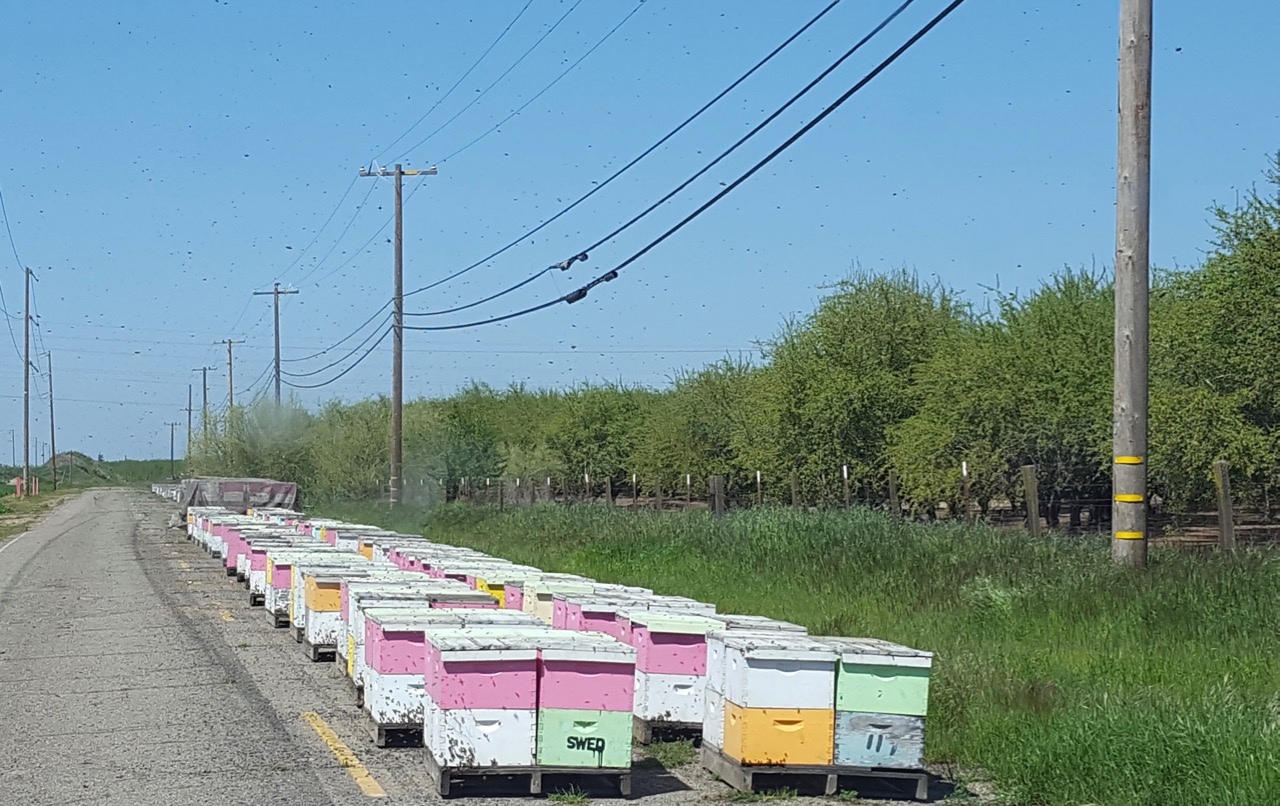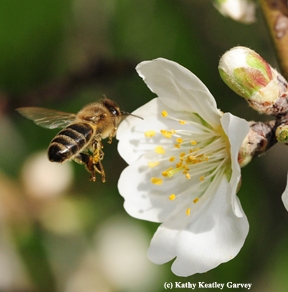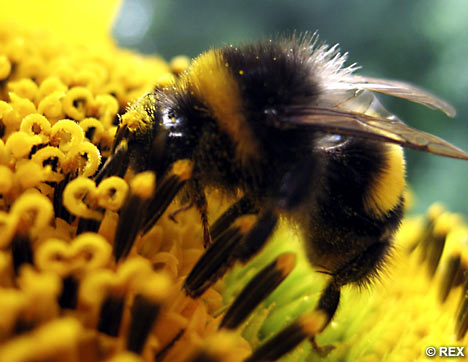Registration of Hives for Notification
Beekeepers Should Register the Position of their Hives
By Laurie Greene, Founding Editor
Tim Pelican, Agricultural Commissioner for San Joaquin County, recently explained to California Ag Today the critical importance for beekeepers to register the location of their delivered hives to farm operators, so the beekeepers can be notified when farmers are preparing to spray.
Pelican suggests farmers not spray during the day when bees are active, even if the product label does not suggest this restraint. He also reported that state agricultural commissioners are working on “our concern about the lack of notification by beekeepers to farmers about the exact location of their delivered beehives when we have instances of reported bee kills.”
“Beekeepers are supposed to register with the county,” Pelican explained, “when they move beehives into the counties. It is like a $5 fee, but for some reason people just do not do it. Beekeepers tend to be secretive sometimes, but we do keep all of that information strictly to ourselves. That’s not something we issue to the public.”
Pelican also mentioned that Ag commissioners will attempt to encourage farmers to notify schools about nearby spraying.
“We are actually notifying growers who are impacted. When they come in and do their pickup, their permits, we will have computers available to them to help them get their notification done. Their PCAs or dealers, if they are listed on their permit, can do the notification for them as well.”
“That notification then goes directly to the affected school,” he continued. “Then that school also can take a look and see which growers are applying what products. That information, however, is available only to the people who can get into the computer program—school officials, the grower, or the Ag commissioner. This is not information that is out there for the general public. The program has the ability to transfer the chemicals listed on the permit over to the notification. That way we are avoiding duplication of effort.”













